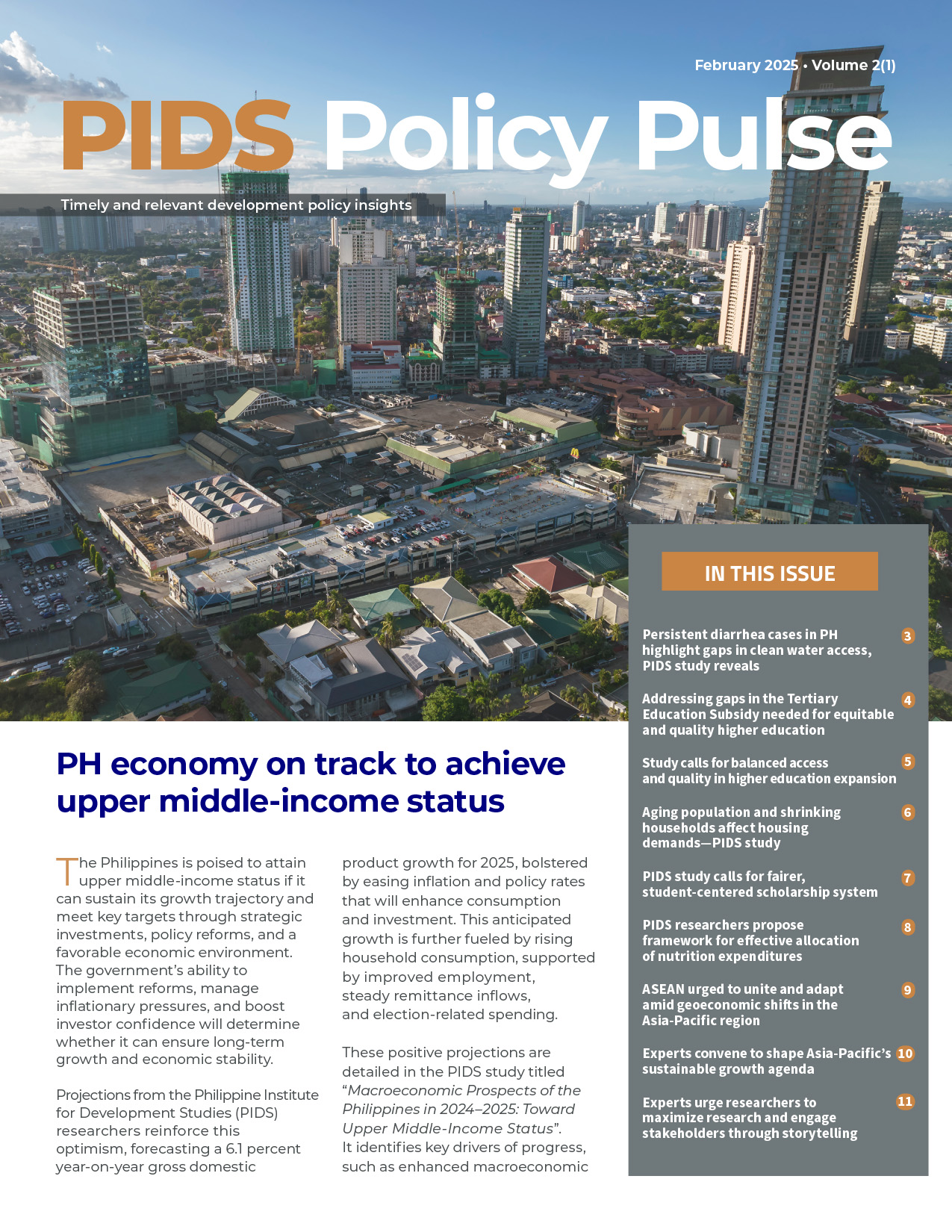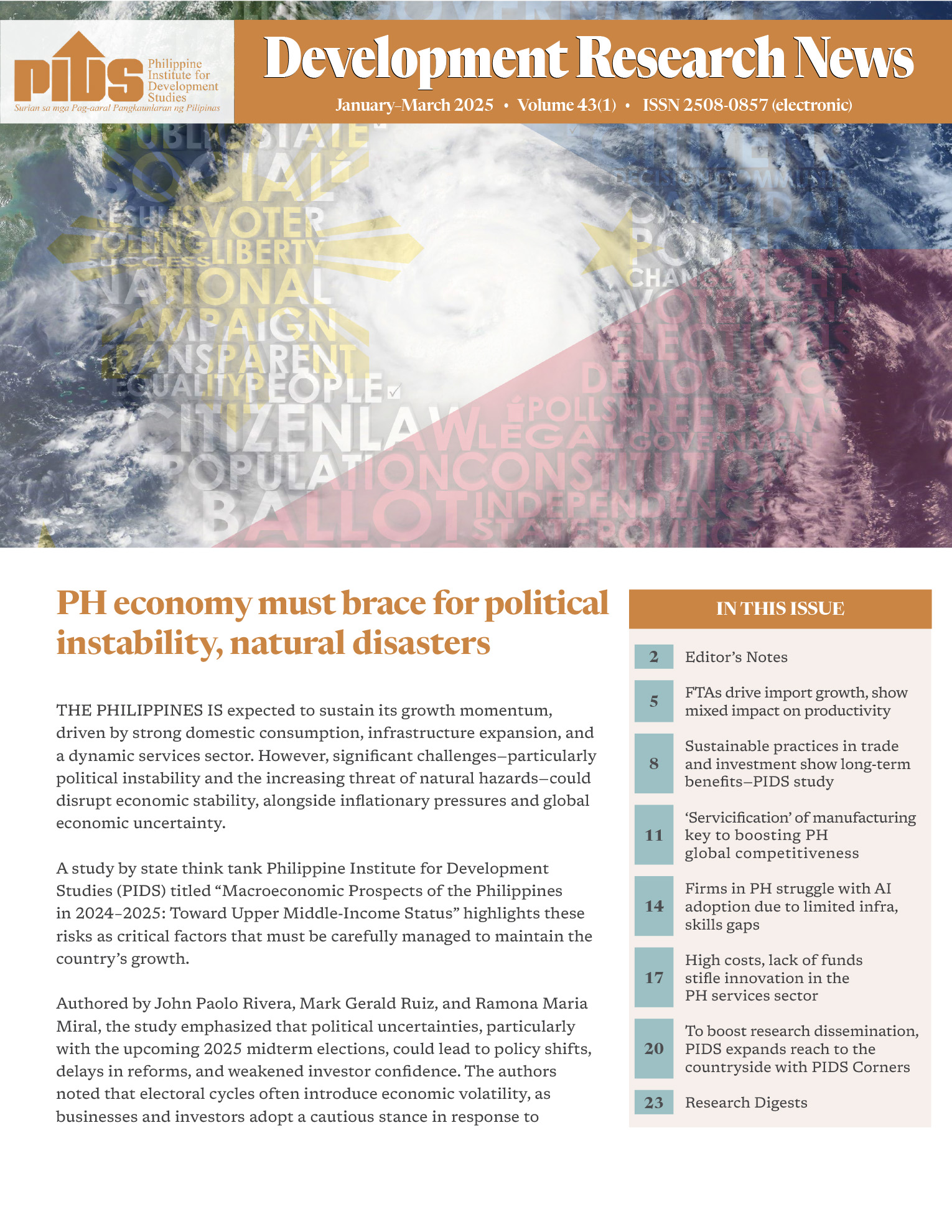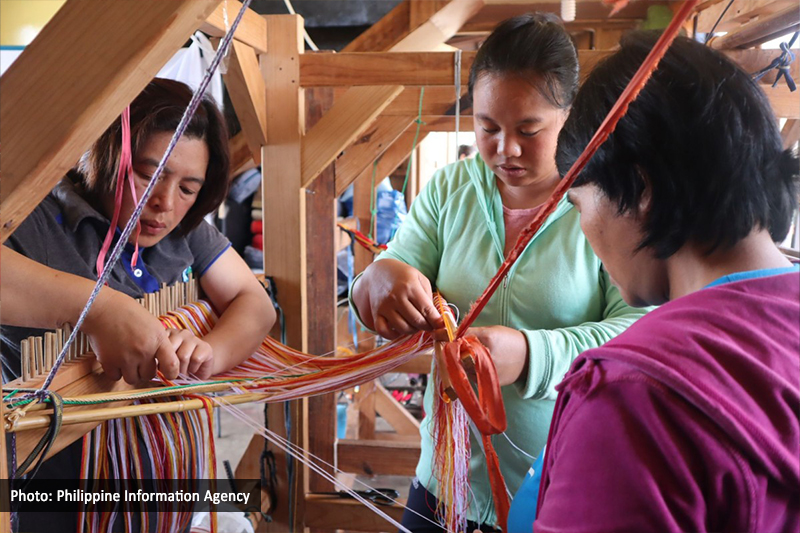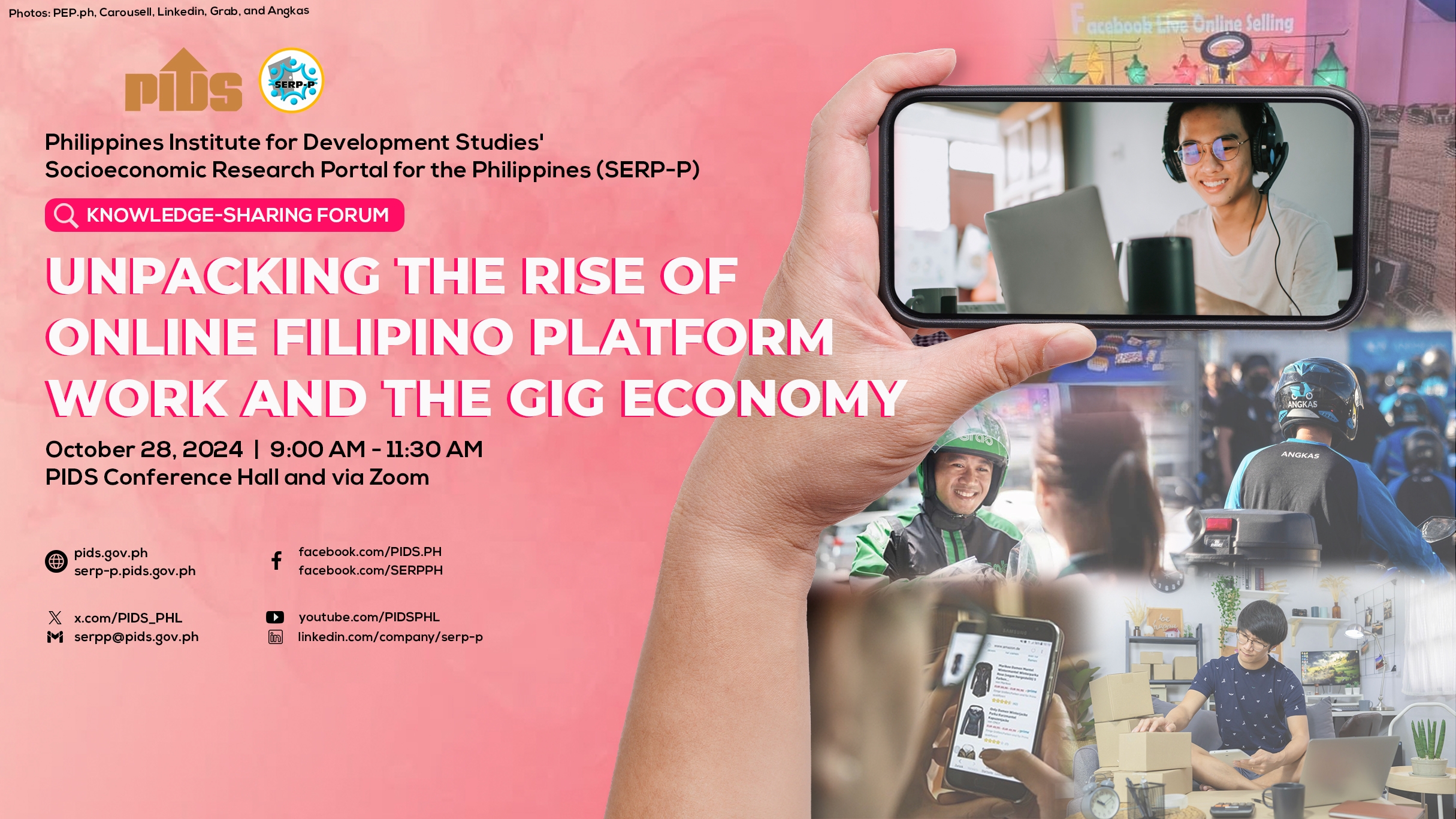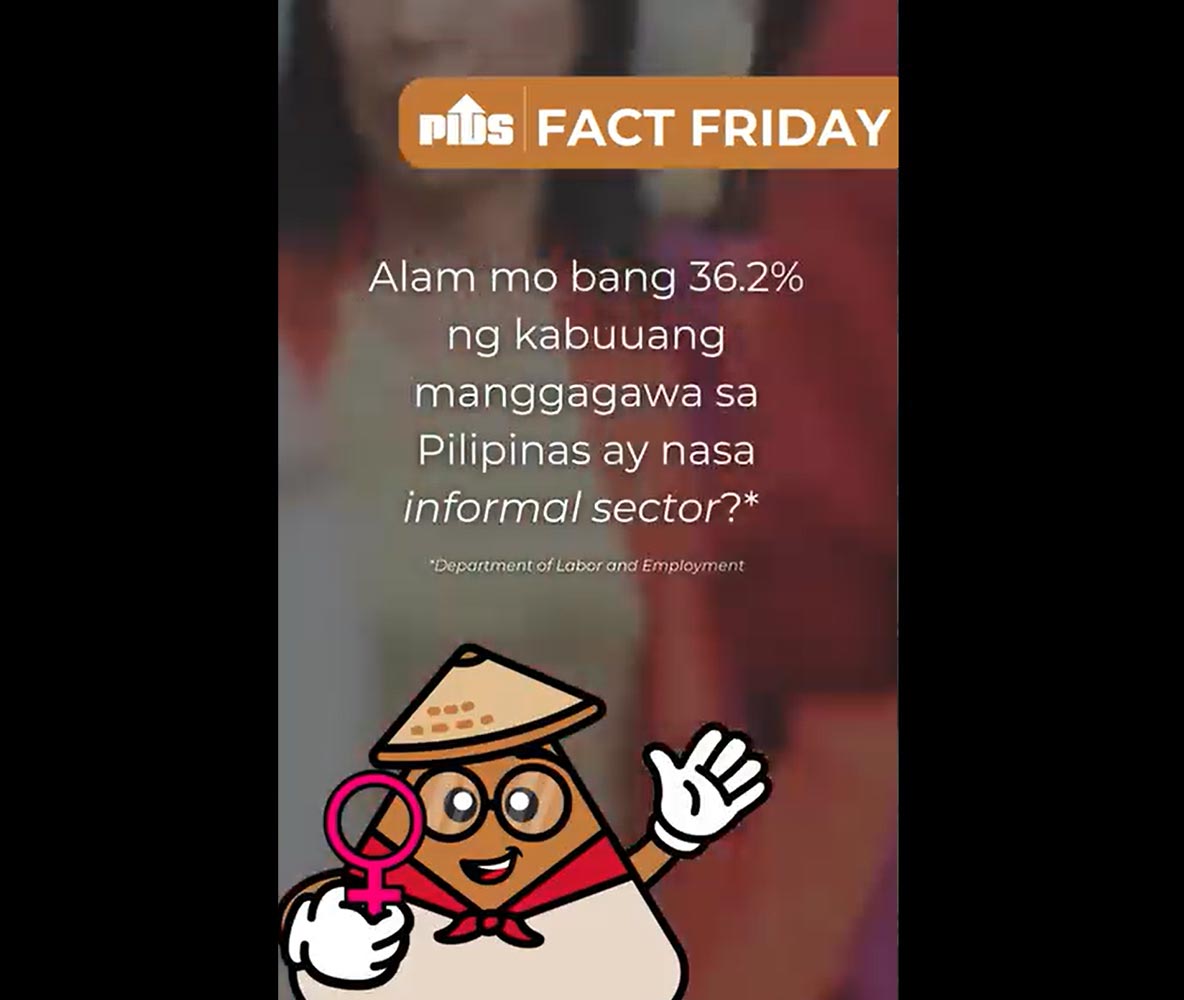MANILA -- The Philippine economy, which relies heavily on private consumption, faces a growing need to diversify its growth drivers, experts have warned, after the coronavirus pandemic and inflation weighed on household spending over the past few years.
Businesspeople and economists say more investment in manufacturing, digital and other industries is needed to create a more resilient economy and sustain the momentum in one of Southeast Asia's fastest-growing nations.
Official data released Thursday showed the Philippines' gross domestic product grew 5.6% last year, inching up from 5.5% in 2023 but falling short of even the government's lower .
Rosemarie Edillon, undersecretary of the National Economic and Development Authority, told reporters that growth in 2024 struggled due to a host of factors.
Between October and mid-November, six typhoons hit the country, contributing to a contraction in the agricultural sector, Edillon said. She also pointed out that high consumer prices piled on to slow consumption. "We saw a slowdown of consumption on demand, especially from households."
In contrast to export-driven economies like Thailand and Vietnam, the Philippines' economy of 100 million people has traditionally been driven by domestic demand. Private consumption accounted for 73% of the total GDP in the third quarter of 2024.
But economists say consumption has lost momentum recently since the COVID-19 pandemic nearly wiped out Filipino savings. The country's inflation, which peaked at 6.0% in 2023, also affected consumers' sentiment, though the pace of price rises eased to 3.2% in 2024.
Household spending increased 4.8% in 2024, a slowdown from the 5.6% recorded in 2023.


